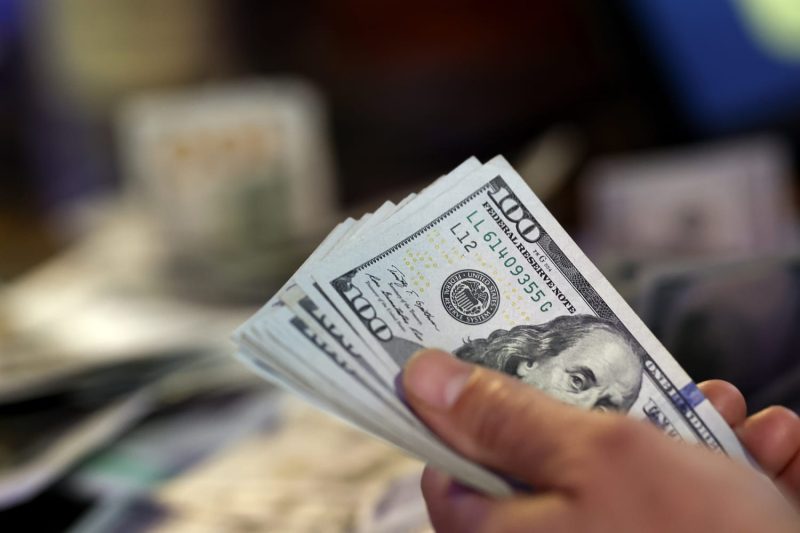In today’s unpredictable economic climate, the possibility of a recession is a looming concern for many individuals and households. With experts raising the odds of a potential economic downturn, it becomes increasingly crucial to prepare and secure your financial well-being by establishing adequate emergency savings. Financial experts recommend having a specific amount set aside to weather any financial storm that may hit unexpectedly.
Setting aside an emergency fund is not only a wise financial move but also provides a sense of security and peace of mind during uncertain times. It serves as a financial cushion to cover unexpected expenses such as medical emergencies, car repairs, or temporary job loss. The general recommendation is to have enough saved to cover three to six months’ worth of living expenses. This can vary depending on individual circumstances, such as job stability, family size, and ongoing financial commitments.
Calculating the exact amount you need in your emergency fund requires a thorough assessment of your current financial situation. Begin by tallying up your essential monthly expenses, including rent or mortgage payments, utilities, groceries, insurance, and any other fixed costs. Multiply this total by the number of months you aim to cover, typically between three to six months. The resulting amount gives you a target goal for your emergency savings fund.
Building up an emergency fund takes time and discipline but is an essential step in achieving financial stability and preparedness. Start by establishing a realistic saving goal and setting aside a portion of your income each month towards your emergency fund. Look for opportunities to cut back on non-essential expenses and redirect those savings into your emergency fund.
To ensure your emergency savings remain easily accessible in times of need, consider storing the funds in a high-yield savings account or a money market account. These types of accounts provide liquidity while also earning some interest on your savings.
In addition to traditional savings accounts, you may also explore other options to protect and grow your emergency fund. Investing in low-risk assets such as Treasury bonds or certificates of deposit (CDs) can potentially yield higher returns while maintaining the safety of your principal amount.
As the financial landscape evolves and economic uncertainties persist, having a robust emergency savings fund in place can offer a sense of stability and financial security. By diligently saving and prioritizing your emergency fund, you can navigate unexpected financial challenges with confidence and peace of mind. Remember, financial preparedness is a vital component of overall financial health and well-being.

